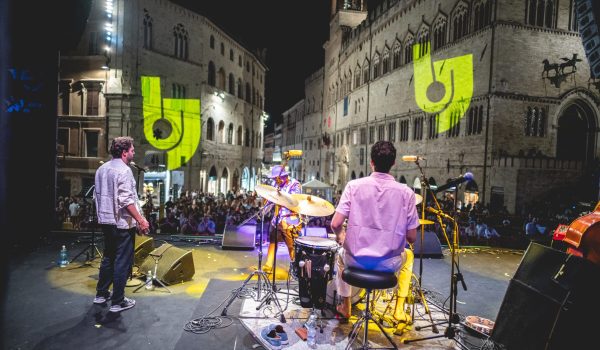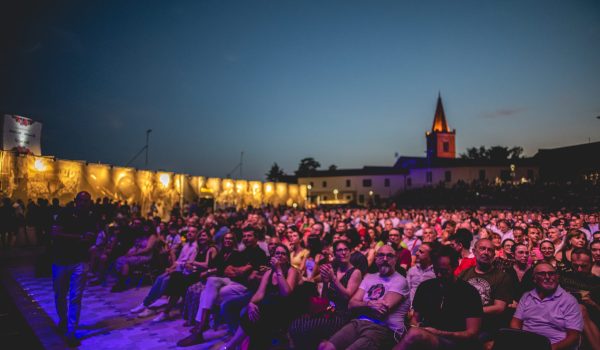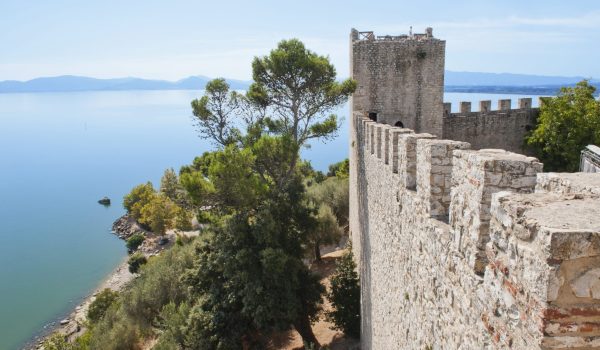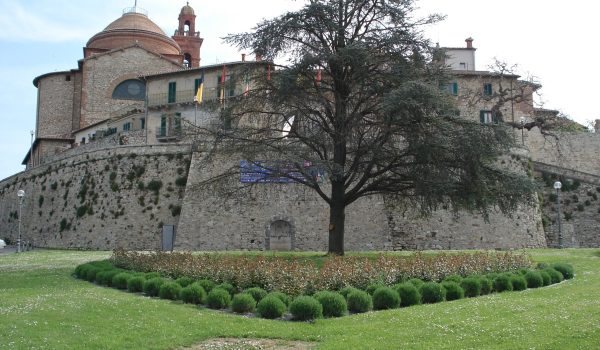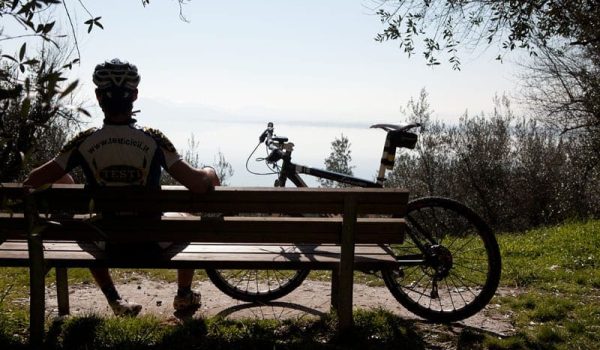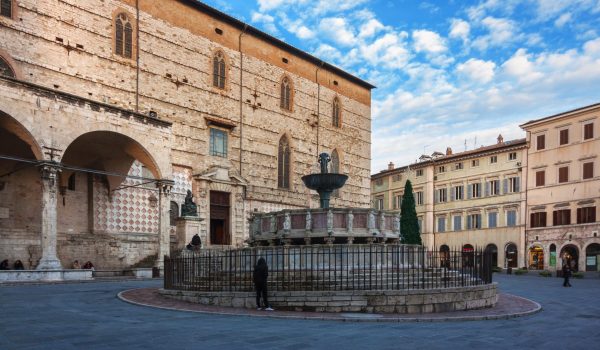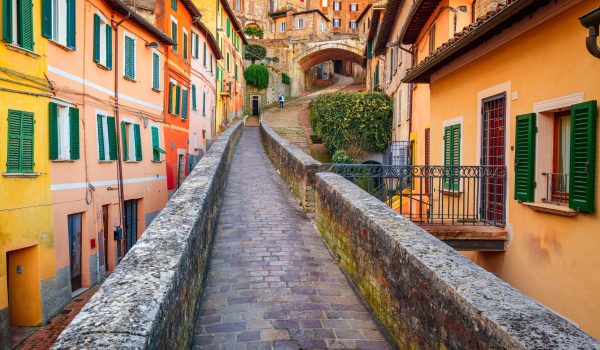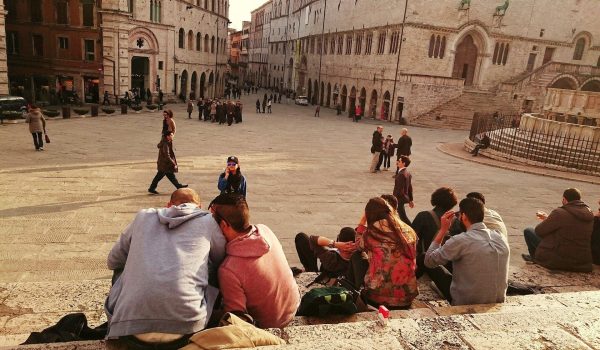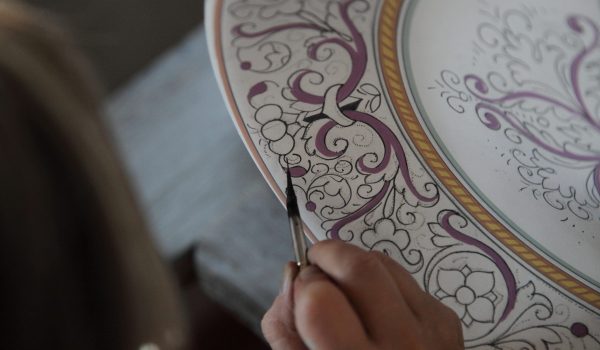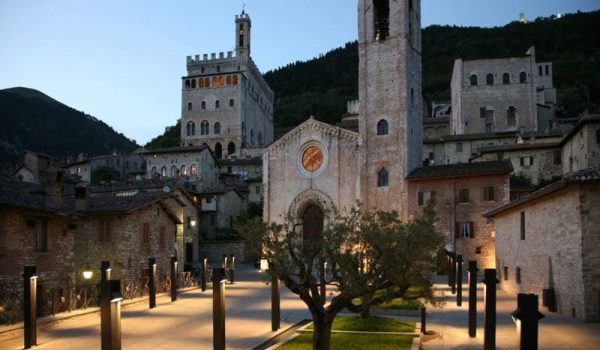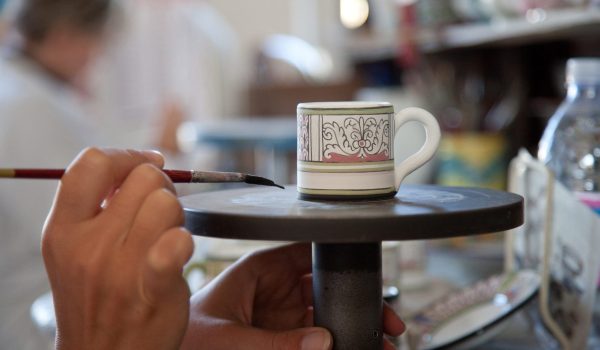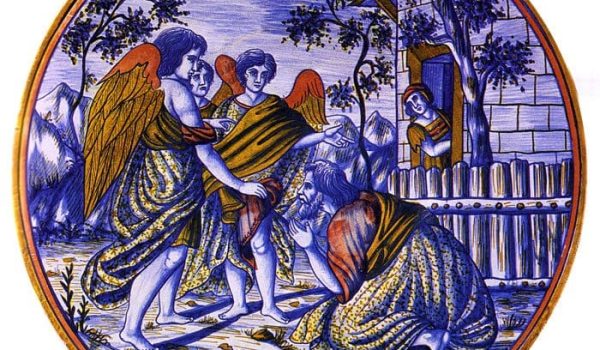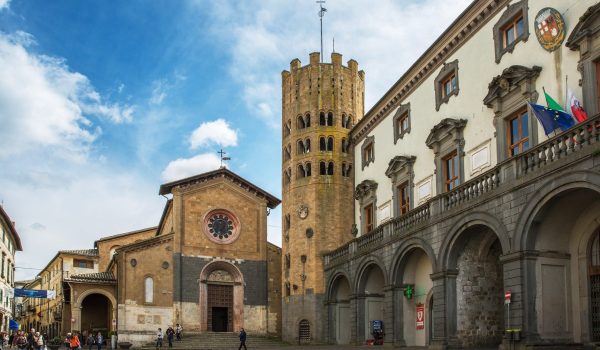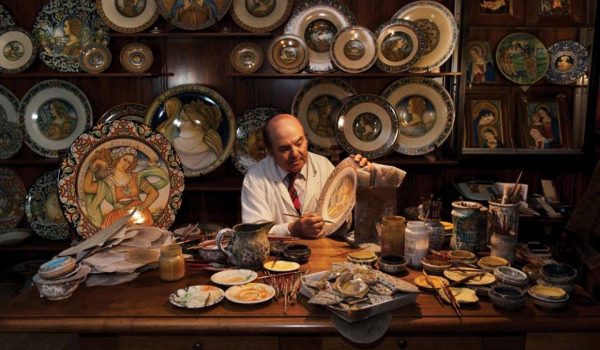


Mika Umbria Jazz 2025
Promo!!!
A unique experience to enjoy a mini vacation on the occasion of Umbria Jazz and Mika’s concert.
Discover with us our Concert + Stay promo
Price starting from Euro 165.00
The price per person in a double room includes:
- One night’s accommodation in a double/twin room with breakfast
- Concert included
- Europ Assistance Travel Insurance
The fee does not include
- Extras and personal tips
- Tourist tax where applicable to be paid in cash
- Anything not indicated under “The fee includes”
Travel Conditions
Upon confirmation of availability, a deposit of 30% of the package will be required.
The balance payment is required within 30 days of the arrival date.
Europ Assistance insurance coverage will be formalized upon payment of the balance
Any cancellations must be communicated via email to info@umbriasi.it
For cancellations after the balance payment up to the arrival date, late arrival and/or early departure, no show (i.e. no-show) the total amount of the practice will be required.
Europ Assistance insurance coverage can be activated (for the cases provided for by the coverage) which will be formalized upon payment of the balance.
Book now and pay later!
Mappa
Gallery
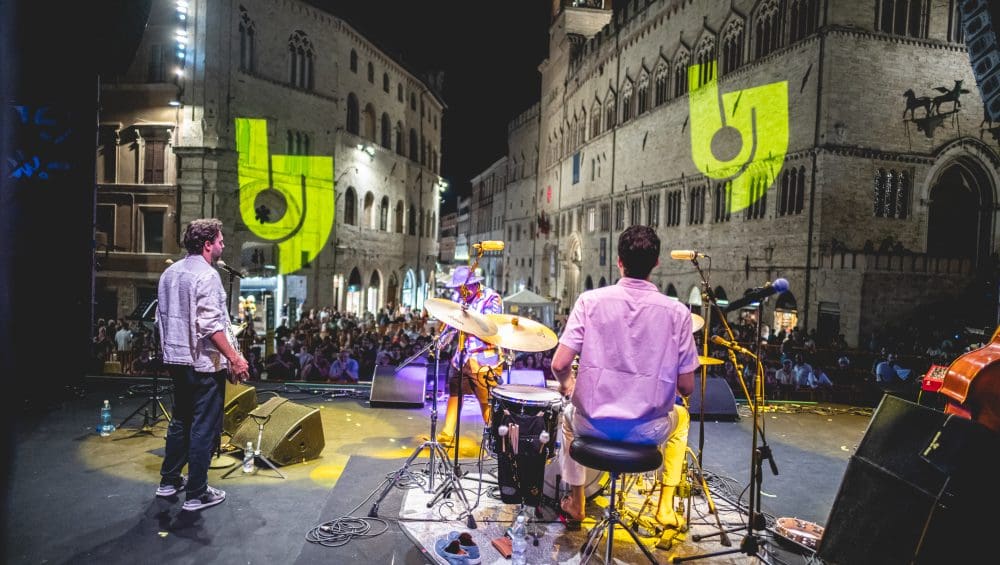
Stay at Umbria Jazz 2025
PH DAVID MORRESI © UMBRIA JAZZ
Stay at Umbria Jazz
Promo!!!
Do you already have your ticket????
We will help you find the best solution for your overnight stay!Price starting from Euro 54.00
The price per person in a double room includes:
- One night’s accommodation in a double/twin room with breakfast
- Europ Assistance Travel Insurance
The fee does not include
- Extras and personal tips
- Tourist tax where applicable to be paid in cash
- Anything not indicated under “The fee includes”
Travel Conditions
Upon confirmation of availability, a deposit of 30% of the package will be required. The balance payment is required within 30 days of the arrival date. Europ Assistance insurance coverage will be formalized upon payment of the balance Any cancellations must be communicated via email to info@umbriasi.it For cancellations after the balance payment up to the arrival date, late arrival and/or early departure, no show (i.e. no-show) the total amount of the practice will be required. Europ Assistance insurance coverage can be activated (for the cases provided for by the coverage) which will be formalized upon payment of the balance.Book now and pay later!
Mappa
Gallery
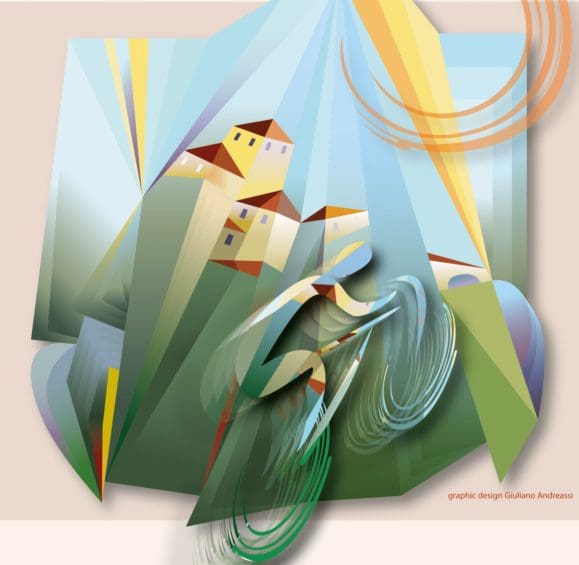
Cicloturistica I Borghi Più Belli D’Italia
Cicloturistica I Borghi Più Belli D’Italia
Starting from Euro 49.00 per person
Take part in the Cycling Tour “The Most Beautiful Villages in Italy” on September 21, 2025 in Castiglione del Lago.
Enjoy a unique experience among breathtaking landscapes and enchanting villages!
Choose our offer to enjoy the event to the fullest, with comfort, hospitality and services dedicated to cycling tourists.
After a day on the pedals, relax in a selected structure and discover the excellence of the territory.
Book now and treat yourself to a weekend of sport, nature and beauty!
Our best offer is starting from Euro 49.00 per person
The rate is per person and includes:
- 1 night’s accommodation in a property on the shores of Lake Trasimeno
- excursion to Isola Maggiore by boat and museum circuit
- Europ Assistance travel insurance
- Extras, tips and offers
- Means of transport
- Anything not expressly indicated in the “the rate includes” section
Ask for information

UBeer
UBeer
Starting from Euro 89.00 per person
Live the UBeer experience with UmbriaSì!
From May 30th to June 2nd, don’t miss the second edition of UBeer – the first craft beer festival in Perugia, in the splendid setting of Barton Park.
For the occasion, UmbriaSì has selected the best accommodation facilities for you, for a stay dedicated to taste and relaxation.
By booking with us you will have included in the price:
🍻 Token for tastings at the festival
🏨 Accommodation in carefully selected properties
📍 Local assistance and tips to make the most of Perugia
Don’t miss the opportunity to discover Perugia through culture, music and excellent beer.
Book your UBeer package now!
Our best offer is starting from € 89.00 per person
The price per person includes:
- 1 night’s accommodation in a double/twin room with breakfast
- UBeer tasting token
- Europ Assistance insurance
The price does not include:
- Extras, tips and offers
- Means of transport
- Tourist tax to be paid on site
- Anything not expressly indicated in the “the price includes” section
Ask for information
Gallery
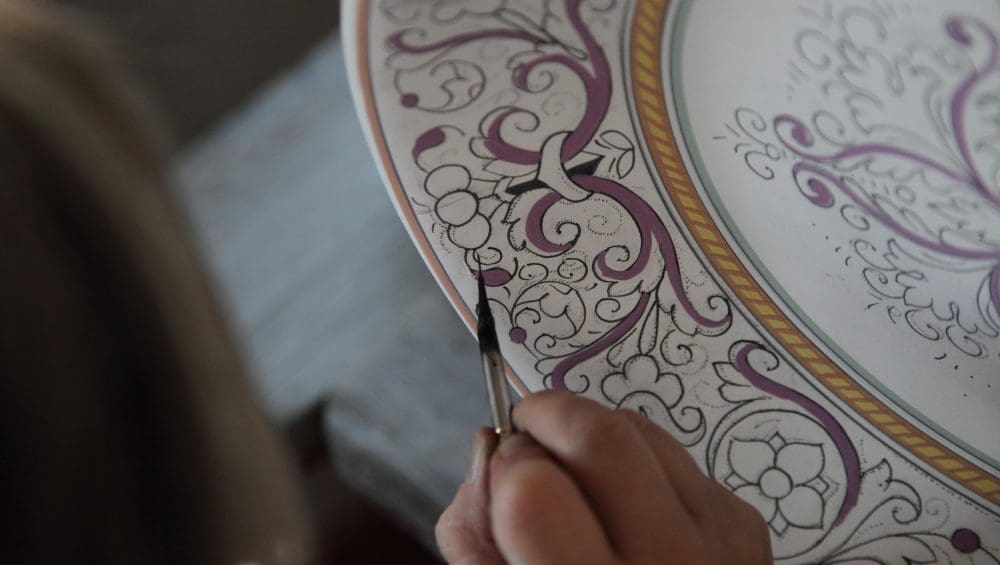
On the Path of Ceramics
On the Path of Ceramics
Starting from Euro 195,00 per person
If during your travels and holidays in Umbria you are not satisfied with seeing but want to deepen, understand and know, you can let yourself be fascinated by the mastery of skilled craftsmen who have handed down precious knowledge in their workshops for generations by working the ceramic.
1st day
Arrival in the early afternoon. Deruta, the city par excellence of artistic majolica, among the most appreciated and known in the world. The “Raphaelesque” decoration characterizes all the production: they are fast interweaving of leaves, birds and other animals with Moorish motifs, and the prevailing colors of this type of ceramic are intense cobalt blue and yellow on white enamel which embellishes the whole. Particularly in the former convent of San Francesco, it is worth visiting the Regional Museum of Ceramics, which documents centuries of this activity.
Followed by a visit to an artisan workshop.
Accommodation in the structure and overnight.
2nd day
After breakfast moving to Gubbio.
The fame of Gubbio ceramics is linked to the name of Mastro Giorgio, whose original majolica with ruby and pale gold reflections are still today the object of study by artists from all over the world. This type of processing is accompanied by the processing of the famous black and shiny vases called buccheri, which repeat the shapes and friezes of the very ancient original Etruscan models.
Sightseeing tour with the Gubbio Express.
Free lunch
In the afternoon we move to Gualdo Tadino, a place where the production of ceramics had already started in the distant fourteenth century and which saw a rediscovery at the end of the nineteenth century by Paolo Rubboli of the ruby gold luster, according to the Arab formula described by Cipriano Piccolpasso, a renewed artistic season opens for Gualdo ceramics. Entrance to Rocca Flea
Overnight.
3rd day
After breakfast, the journey to Orvieto ends. Over the centuries, traces of the ancient activity had been lost, until the beginning of the twentieth century, when the rediscovery of finds dating back to the Middle Ages reawakened the impulse to a rich and flourishing production. Orvieto Carta Unica will be made available for visiting the main monuments.
Our best offer is starting from € 195,00 per person
The fee is per person and includes:
- 2 nights in a double/twin room with breakfast
- Admission to the Regional Museum of Ceramics
- Visit to an artisan workshop in Deruta
- Sightseeing tour with the Gubbio Express
- Entrance to Rocca Flea
- Orvieto Carta Unica
- Europ Assistance insurance
The fee does not include:
- Extras, tips and offers
- Means of transport
- City tax where introduced by the Municipality of reference
- Anything not expressly indicated in “the rate includes”
Ask for information
Gallery
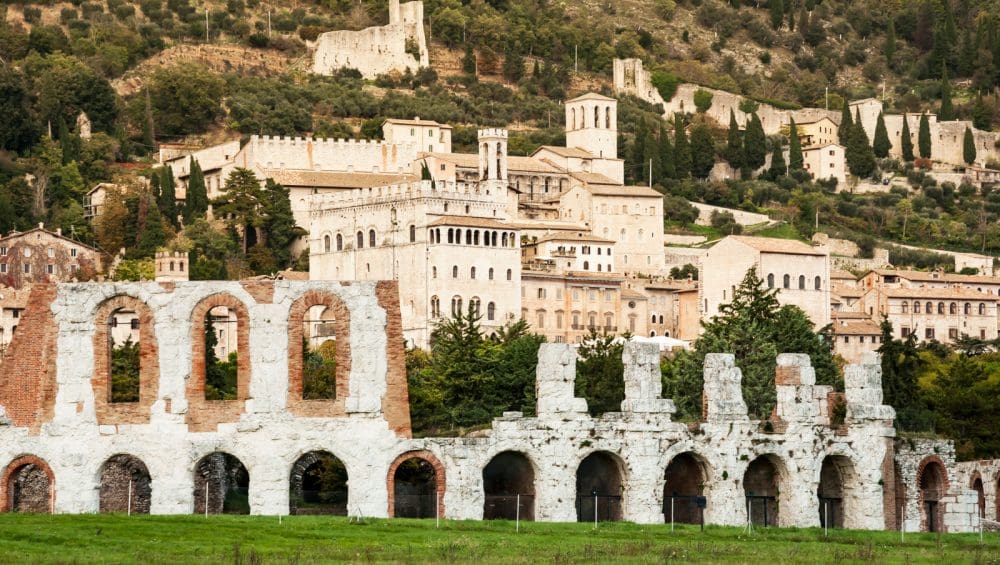
Gubbio a journey through time between history, legends and taste
Imagine walking through ancient stone alleys, with the scent of truffles mixing with the fresh mountain air. Gubbio is a dive into the past, a village that seems suspended in time, ready to give you an authentic experience, between culture, breathtaking views and gastronomic delights.
The day begins with the arrival in Piazza Quaranta Martiri, where our guide will welcome you to reveal the secrets of this unique city. From here, we climb towards Piazza Grande, a terrace suspended between sky and stone, from which the gaze is lost over the Umbrian hills. We visit the majestic Palazzo dei Consoli, guardian of the ancient Tavole Eugubine, evidence of the Umbrian civilization.
But the real spectacle is found even higher up: a cable car ride takes us to the Basilica of Sant’Ubaldo, where an unforgettable view of the city and the history of the patron saint of Gubbio awaits us, protagonist of centuries-old traditions such as the famous Festa dei Ceri.
At this point, the appetite makes itself felt and there is no better way to satisfy it than with a typical lunch in a historic trattoria. Gubbio is the land of the crescia calda, first courses with truffles and succulent second courses, perhaps accompanied by a glass of wine. A journey through Umbrian flavors that is not easily forgotten.
After lunch, our walk takes us to the Church of San Francesco, where the extraordinary friendship between the Saint of Assisi and the wolf of Gubbio is told, a story that still echoes within these sacred walls today. Then, some free time: you can lose yourself among the local craft shops, discover the traditional Eugubine ceramics or let yourself be won over by the typical products to take home as souvenirs.
In the late afternoon, with hearts full of beauty and hands perhaps laden with delicacies, we say goodbye with the promise to return. Because Gubbio is not just a destination, it is an experience that stays with you.
Do you want to discover Gubbio in one day? Contact us for a tailor-made excursion!
 We are waiting for you in Umbria
We are waiting for you in Umbria 
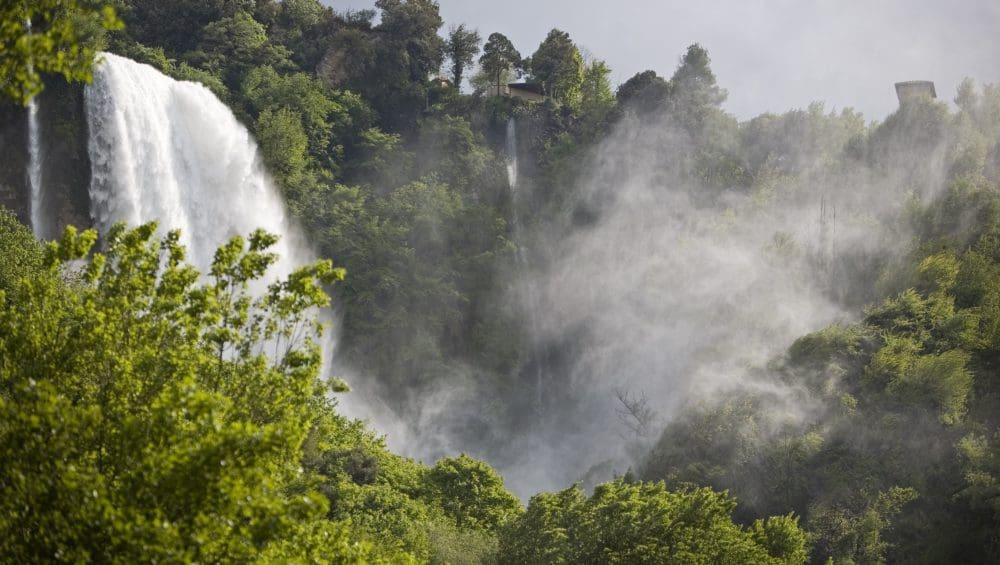
Marmore’s Fall
The Marmore Falls, formed by the Velino and the Nera, tributaries of the Tiber, is one of the most visited natural attractions in Umbria, although it is an artificial waterfall, it has very ancient origins that date back to Roman times, in 271 BC: it is on this date that the Roman consul Manio Curio Dentato with an ingenious hydraulic intervention, built a canal in order to drain the stagnant waters of the Velino into the Sabina (Rieti plain), dangerous for the nearby population, towards the Nera river. The intervention was thus called and known over time as “Cavo Curiano”.
Other interventions made to counteract flooding during periods of river flooding date back to 1422, by the engineer Aristotile Fioravanti and entrusted by Braccio Fortebraccio da Montone. On this occasion a new canal called “reatino” was built. Other interventions date back to 1547 by Antonio Da Sangallo, commissioned by Pope Paul III with the construction of a third canal. In 1601 the architect Giovanni Fontana built the “Clementino” canal in honor of Pope Clement III. Finally in 1787 the architect Andrea Vici made the last intervention that gave the Marmore Falls their current appearance.
To date the Marmore Falls is the highest artificial waterfall in Europe.
CURIOSITIES
- The name comes from the richness of calcium carbonate on the rocks that resembles white marble.
- Today the waterfall is not only an important tourist and naturalistic attraction for the richness of flora and fauna, from algae, mosses, ferns, insects, fish, reptiles, birds and small mammals, but it is also used for hydroelectric production.
- The waterfall is not always open at full capacity (Pay attention to the opening hours so as not to miss this fascinating moment!!), and this allows you to admire the beauty and richness of the vegetation that is shown when the flow of water of the waterfall is closed. Its opening is announced through an acoustic signal. The sight of the water that throws itself with force and creates, on sunny days, a wonderful rainbow is wonderful. The waterfalls can be accessed from both the upper and lower Belvedere.
- At night, the waters of the waterfall, when open, are illuminated by a LED lighting system.
- The beauty of the Marmore Falls Park is also given by the ability to admire along the route the caves that the water has dug over the centuries with stalactites and stalagmites in the travertine: some can be visited and the most famous is the LOVERS’ CAVE
A ROMANTIC LEGEND
The Gnefro, a legendary fairy creature of Umbrian popular culture, tells the story of the nymph named Nera infatuated with the shepherd Velino. The goddess Juno, who did not accept a love between a nymph and a human being, transformed the Nymph Nera into a river. Velino, believing that the Nymph Nera was drowning in those previously unknown waters, threw himself into them. However, Jupiter, moved by pure love, also transformed the shepherd Velino into a river. From then on, the river Nera and the river Velino could stay together for eternity.
DID YOU KNOW THAT
- The soprano Gina Palmucci, deeply in love with her territory, being of Terni origins, chose as her stage name Nera Marmora;
- The Marmore Falls have been painted by several painters and described by important literary figures such as Lord Byron;
- It is present in many films such as Intervista by Federico Fellini in 1987, the Stendhal Syndrome by Dario Argento in 1996, and also in fiction such as Don Matteo;
- In 2011 it was the location for the concert with the orchestra
“I Filarmonici di Roma” and in 2012 the concert for the “Tributo a Sergio Endrigo” by Simone Cristicchi; - In 2017, it was the protagonist of the advertising campaign for the promotion of Tourism in Umbria together with the former Italian diver Tania Cagnotto;
- In January 2023, it was the location for the external test of the MasterChef program.

The Women of Umbria
On the occasion of March 8th, International Women’s Day, we want to celebrate it with some of the female figures who symbolize Umbria, a land rich in history, art, culture, and spirituality. Luisa Spagnoli, Marchioness Elena Guglielmi, Maria Vittoria Semolesti, Saint Clare of Assisi, and Saint Rita of Cascia… Women symbols of entrepreneurial spirit, faith and devotion, and still universal values of strength, courage, and independence, which continue to inspire women and men all over the world.
Luisa Spagnoli
A name that immediately evokes images of refined fashion and chocolaty delights. However, her legacy goes far beyond catwalks and delicacies. After the devastations of World War II, Luisa Spagnoli became passionate about Angora rabbits, not only starting to collect them but also discovering a secret that would revolutionize the world of fashion: the art of combing, rather than shearing, these animals. A gentle gesture that allowed for a yarn of unprecedented softness, a fabric that caressed the skin like no other. And what about her delicious chocolates? The Bacio Perugina is a name known all over the world, but there’s another bar that bears her name, a creation some Perugians affectionately call “Carrarmato” (“Tank”), perhaps as a tribute to her tenacity and strength of spirit.
Saint Chiara of Assisi
Born in Assisi in 1194, Chiara Offreduccio degli Scifi, better known as Saint Clare, was a revolutionary figure of her time. A friend and follower of Saint Francis, Clare renounced her comfortable life to embrace a life of poverty and service. The founder of the Order of Poor Clares, she placed prayer and dedication to others at the center of her existence, becoming a model of inner strength and determination.
Saint Rita of Cascia
Saint Rita, born Margherita Lotti in Roccaporena, near Cascia, in 1381, is known all over the world as the saint of impossible cases. Her life was marked by great suffering and challenges, from her youth, when she was forced to marry against her will, to the death of her sons and her husband’s illness. Despite the adversities, Saint Rita found refuge in the Augustinian monastery of Cascia, where she lived until her death in 1457. Her tomb, located in the Sanctuary of Saint Rita of Cascia, attracts thousands of faithful and visitors every year, testifying to the power of hope and perseverance even in the most desperate situations.
Elena Guglielmi and Maria Vittoria Semolesti
At the beginning of the 20th century, Marchioness Elena Guglielmi brought the technique of Irish lace making to Isola Maggiore in Lake Trasimeno, inspired by the traditions born in Irish monasteries at the end of the 19th century, according to the ancient art of Venetian lace. Instead of being made with needle and bobbins, the peculiarity of this lace is created with a crochet hook using an extremely thin yarn. In 1963, the islander Maria Vittoria Semolesti restarted the activity by founding a cooperative of lace makers for the sale of Irish lace.
Photo credits by:
Cittàdelladomenica.it
NestlèItalia.it

Carnival sweets in Umbria
The ancient Latin saying reads
“semel in anno licet insanire – once a year it is permissible to go crazy”
Carnival Origin
The common thread that binds Carnival, the mask or masquerade party par excellence, all over the world seems to be precisely the concept that is furthest from what the Romans called mos maiorum, good morals, morality.
But before we get to the Romans, let’s take a few steps back.
The origin of the Carnival dates back to 4000 years ago with the Egyptians and the rites in honor of Isis, the goddess of fertility.
With the Romans, the Carnival Festival coincided with the Lupercali, in honor of the God Luperco, symbol of Roman fertility. The period, for both Egyptians and Romans, is celebrated at the end of February.
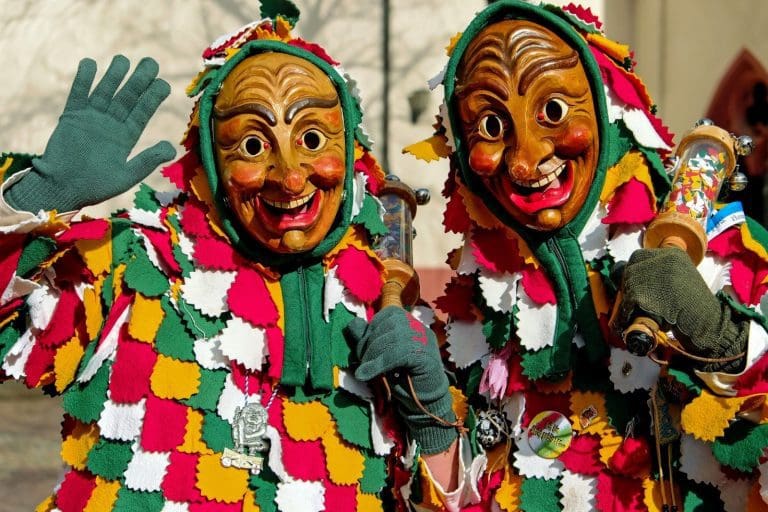
Sacred and Profane
The Carnival, between banquets, parties and masks, thus becomes a sort of social “level”: a disguise that hides the status of belonging and allows everyone to set aside moral rigidity for a day.
With Christianity, Carnival from the Latin “carnem levare”, Shrove Tuesday becomes the last day to eat meat before abstaining from consuming it during the period of Lent but also the last opportunity to fill your belly with sweets rich in sugars!
Tipical sweety food in Umbria
Whether it’s Egyptian, Roman or Christian, the “reasons” of Carnival are disguise (masquerade) and the consumption of food, especially sweets!
Let’s see what are the typical ones in Umbria:
- Frappe
Strips of sweet puff pastry in the shape of a bow. Covered with alchermes sugar or honey, they can be either fried (as per the original recipe) or baked in the “lighter” variant. In any case, the result is a crunchy, sweet and tasty pastry.

- Castagnòle
The name derives from the memory of the small chestnuts with their rounded shape. The dough is composed of flour, eggs, sugar, yeast and an aromatic liqueur. Also these sweets, as per tradition, are fried paying particular attention to making them golden on the outside and cooked well inside, helping them to remain round during cooking by moving the pan in a rotating direction. Then covered with sugar, honey or alchermes. - Strufoli
Traditional from Perugino, they resemble castagnole with the difference of having a softer texture and are, on the other hand, larger in size. They are then covered with sweet dripping honey.

- Cicerchiata umbra
From the name of the Umbrian Cicerchia, a rounded legume, the cicerchiata is a crown of sweet balls covered in honey.

- Crescionda spoletina
With this dessert we move to Spoleto with its Crescionda.
Originally prepared with chicken broth, or lard, in fact also known as “grescia unta” for being particularly fat, sugar, cheese, chocolate and breadcrumbs were then added. Or the version prepared with apples and dried fruit. Today his recipe marries modernity using chocolate, milk and amaretti biscuits. It is also recognized as a Traditional Umbrian Agri-Food Product.
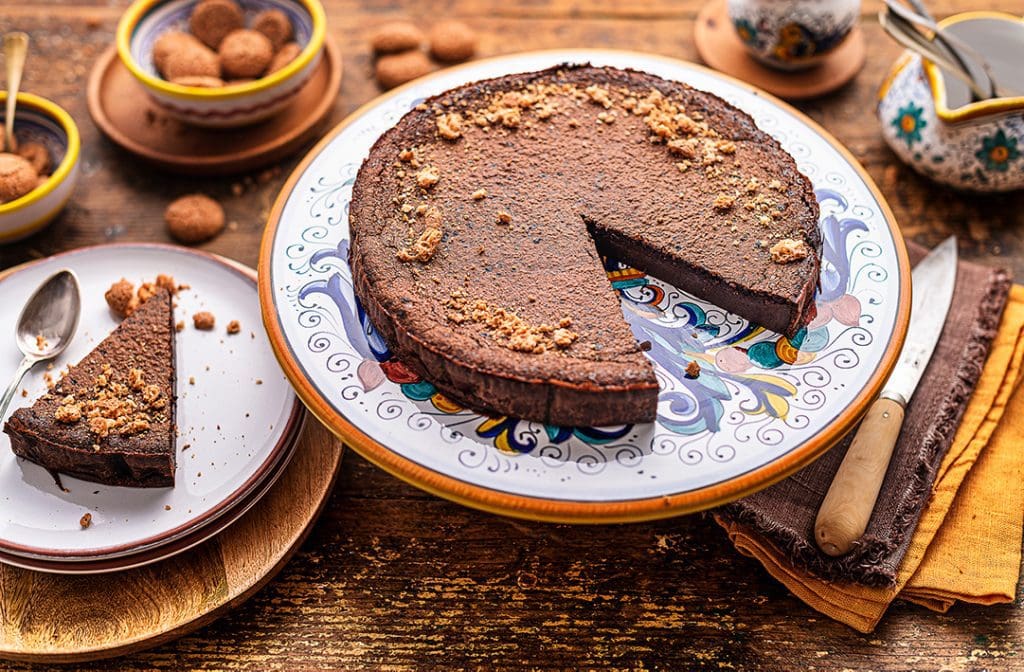
Credit photo
UmbriaTourism
Forchettiere.it
Antonio Gravante
2Amiche in Cucina
Commenti recenti
- A Taste of Umbria 5
- Accomodations 109
- Activity 9
- Attività 3
- Blog 43
- Christmas in Umbria 0
- Consigli 10
- Events in Umbria 5
- La Contessa: a door between land and sea 35
- Mystic Umbria 5
- Nature 2
- News 10
- Packages 28
- Recipe 8
- Taste 4
- Tips 15
- Umbria A Journey through Time 9
- Umbria Beactive 9
- Umbria For Family 6
- Umbria Jazz 6
-
Lionel Richie Umbria Jazz 2025 24 April 2025
-
Mika Umbria Jazz 2025 24 April 2025
-
Stay at Umbria Jazz 2025 24 April 2025


